Jabra Elite 10 Gen 2: Two-minute review
In the ten minutes between me receiving the Jabra Elite 10 Gen 2 review unit, and actually turning them on, I received the news that Jabra is pulling out of the headphone market. These second-gen wired earbuds have thus become the last pair it’s going to sell and support.
That gives this Jabra Elite 10 Gen 2 review a somewhat elegiac undertone: is this a well-tuned swan song from the legacy audio company, or an out-of-tune dying rasp? Since you’ve already read the verdict (or at least the star-rating) above I won’t press this dichotomy – we're veering towards the latter. They aren't among the best earbuds we've ever tested.
Jabra’s parent company GN cited increasing competition in the wireless earbuds market as one of the key reasons it was leaving the fray, and it’s easy to see why the company thinks that, as the 10 Gen 2 simply aren’t competitive enough.
Before we get further in, though, let’s first unpick that name: these are the successors to the Jabra Elite 10, which were only nine months old when these Gen 2 buds came out. As the name suggests, the Elite 10 stood at the top of Jabra’s line of true wireless earbuds, with a meaty price to signify it.
However, when I started testing the Jabra Elite 10 Gen 2, I didn’t look up the price, and based on the sound quality and feature set made a guess as to what I thought the price would be. Lo and behold, the buds actually cost about twice what I would’ve guessed. Simply put, their price is too high for what you’re getting, when you consider how competitive the true wireless earbud market is – no wonder GN is stepping back.
The most telling issue is that the Jabra Elite 10 Gen 2’s sound quality just isn’t great. Music has more peaking than a meringue tray bake, with acoustic guitars and hi-hats struggling to emerge from something of a white-noise melee despite this, while mids turn tinny to become the most prominent in the mix. Treble stands its ground fairly well, but bass is all but lost in this sadly confusing recipe.
The sound isn’t bad, it’s just not… Elite.
Unfortunately, the fit isn’t very reliable when you’re in motion either; the buds often become loose and needed to be pushed back in when I walked outside.
A potential saving grace, and one that could have been in a hail-Mary feature for Jabra, is a little perk that lets you plug the case into any other device using an in-box cable so you can stream audio straight from the device to the buds. However as we’ll get to later, this is only situationally useful and didn’t work properly lots of the time.
It’s a shame that the Elite 10 Gen 2 are so disappointing, because some aspects of them are really impressive. I usually hate on-ear buttons, but the Jabras have easily the best I’ve ever used – they’re easy to find and press, and you don’t have to push so hard that the buds end up half-way to your eardrum before the song pauses.
The app has a range of soundscapes you can turn on to get some peace and quiet and detox for a little bit. White noise, chattering crowds, rain, there are a range of options for you to choose from.
And while the earbuds themselves don’t have a great battery life, the case really does, so you can rely on it to keep you charged up for a weekend away… as long as you’re happy frequently returning the buds to their case to get them charged back up.
So there are parts of the Jabra Elite 10 Gen 2 to like and other aspects that are disappointing; as consumer products then, they’re fine, but as the earbuds we’ll remember Jabra by, they are uninspiring reminders of a departing giant.
Jabra Elite 10 Gen 2 review: Price and release date
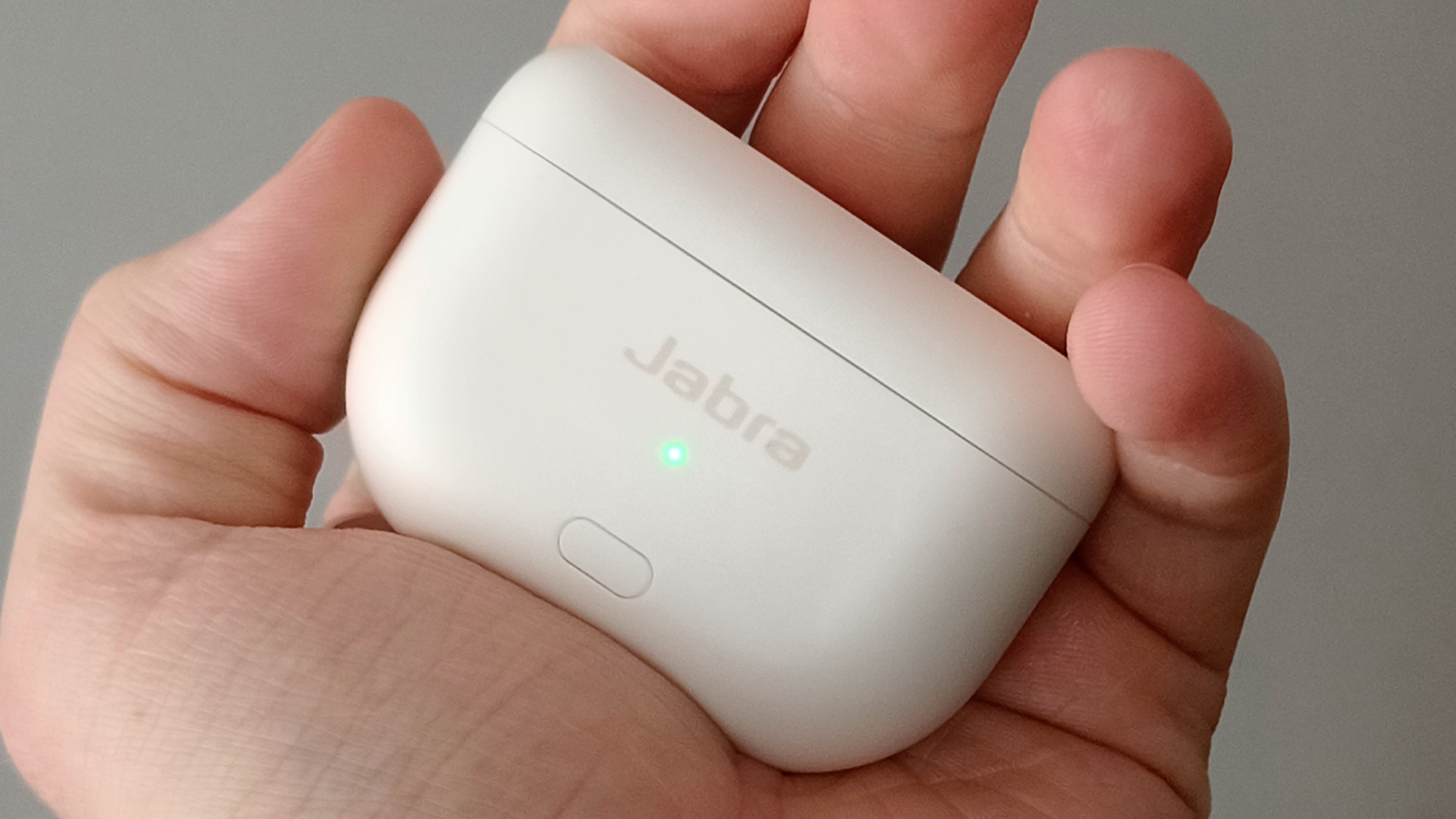
- Unveiled in June 2024
- Premium price at $279.99 / £259.99 (roughly AU$420)
The Jabra Elite 10 Gen 2 were unveiled in June 2024 and put on sale shortly afterwards. A single day after the June 11 release, Jabra announced that they would be its last earbuds (alongside the Elite 8 Active Gen 2, which were shown off at the same time).
You can buy the Elite 10 Gen 2 for $279.99 / £259.99 (roughly AU$420), which makes them $30 / £30 more expensive than their predecessors. In Australia, there’s not been a confirmed release for the Gen 2 just yet, but the first-gen models cost AU$379.
At that price, these are Jabra’s most premium true wireless earbuds, ahead of the Elite 8 Active Gen 2 which are slightly less top-end and the Elite 5 which are mid-range offerings.
You can pick up our highest-rated earbuds for about that price – the Technics EAH AZ80 go for $299 / £259 / AU$499 and, for the iHeads, the AirPods Pro 2 actually come in at slightly less than that. So it’s an incredibly competitive market segment.
Jabra Elite 10 Gen 2 review: Specs
Jabra Elite 10 Gen 2 review: Features
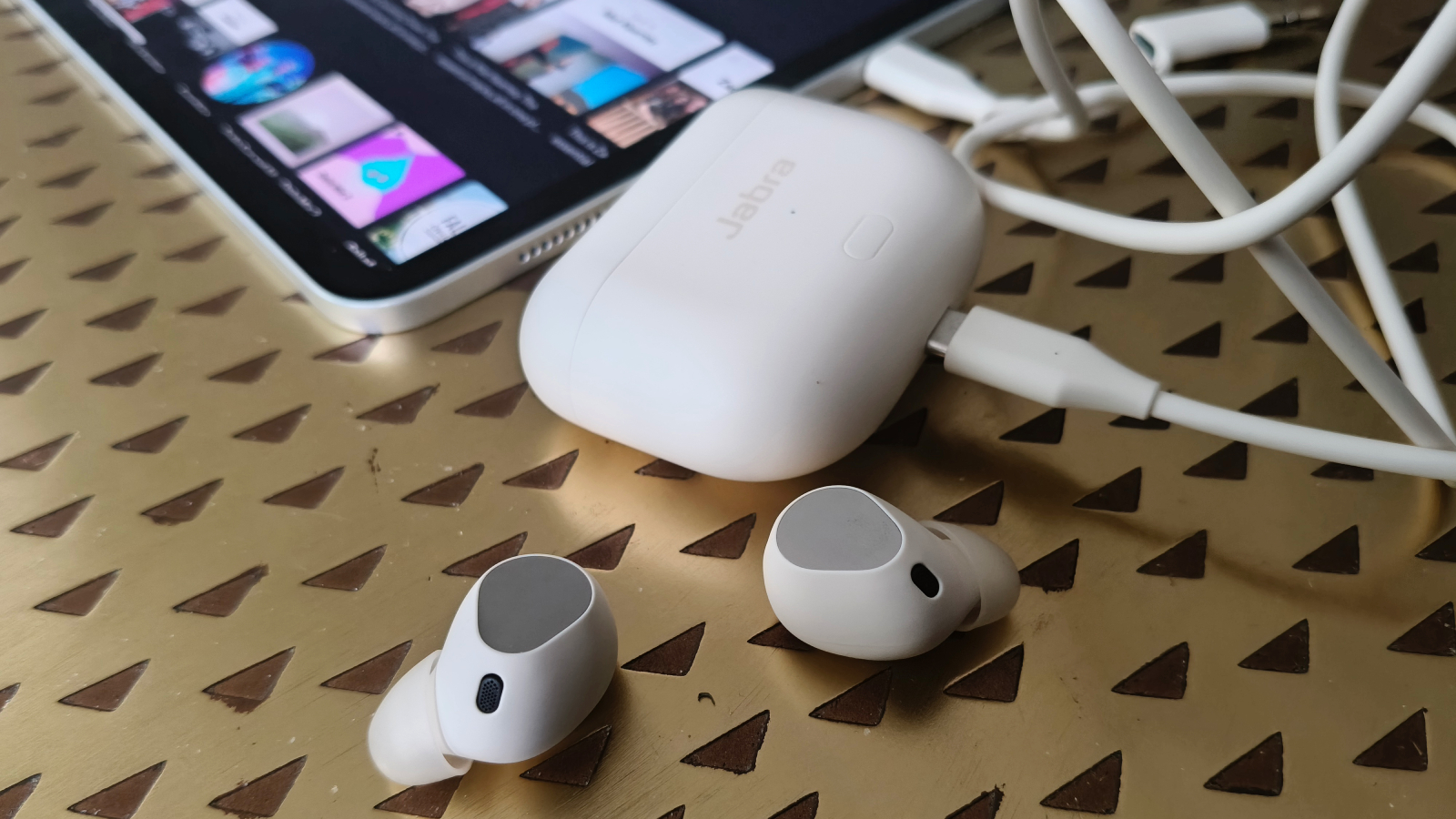
- Can plug case into other devices to stream audio
- 6-hour buds battery, 36-hour with case
- App has some features, including soundscapes
I’m going to start with the Jabra Elite 10 Gen 2’s signature feature: using a cable included in the box, you can plug the case into any device that has a 3.5mm headphone jack or USB-C port, and immediately stream audio from the device into your earbuds.
In practice, this didn’t always work, and when it did it wasn’t ideal. Not all devices recognized the Elites, and sometimes I just couldn’t use the feature – on other devices I had to manually change the audio output to the device, which was annoying and fiddly.
When it did work, it… well, worked as intended: I used the feature to stream music from an MP3 player and from my iPad (with less effort than actually setting up the Bluetooth itself). Other than when I was intentionally using the feature to test it, though, I found myself totally ignoring it: it simply doesn’t seem that useful.
Two examples Jabra gives for the feature's handiness include for TV viewing and on a treadmill. I don’t think I’ve ever seen a treadmill with any kind of music port (maybe it’s just the gyms I go to?) and my TV has this thing called a ‘speaker’ which is a bit better for audio. The other use case, which it’s touting more than the others, is on planes for in-flight entertainment. I can see the point, but between the middling noise cancellation and low max volume, there’s no way you’re going to hear subtle dialogue in your movie over the sound of the engines and air-con.
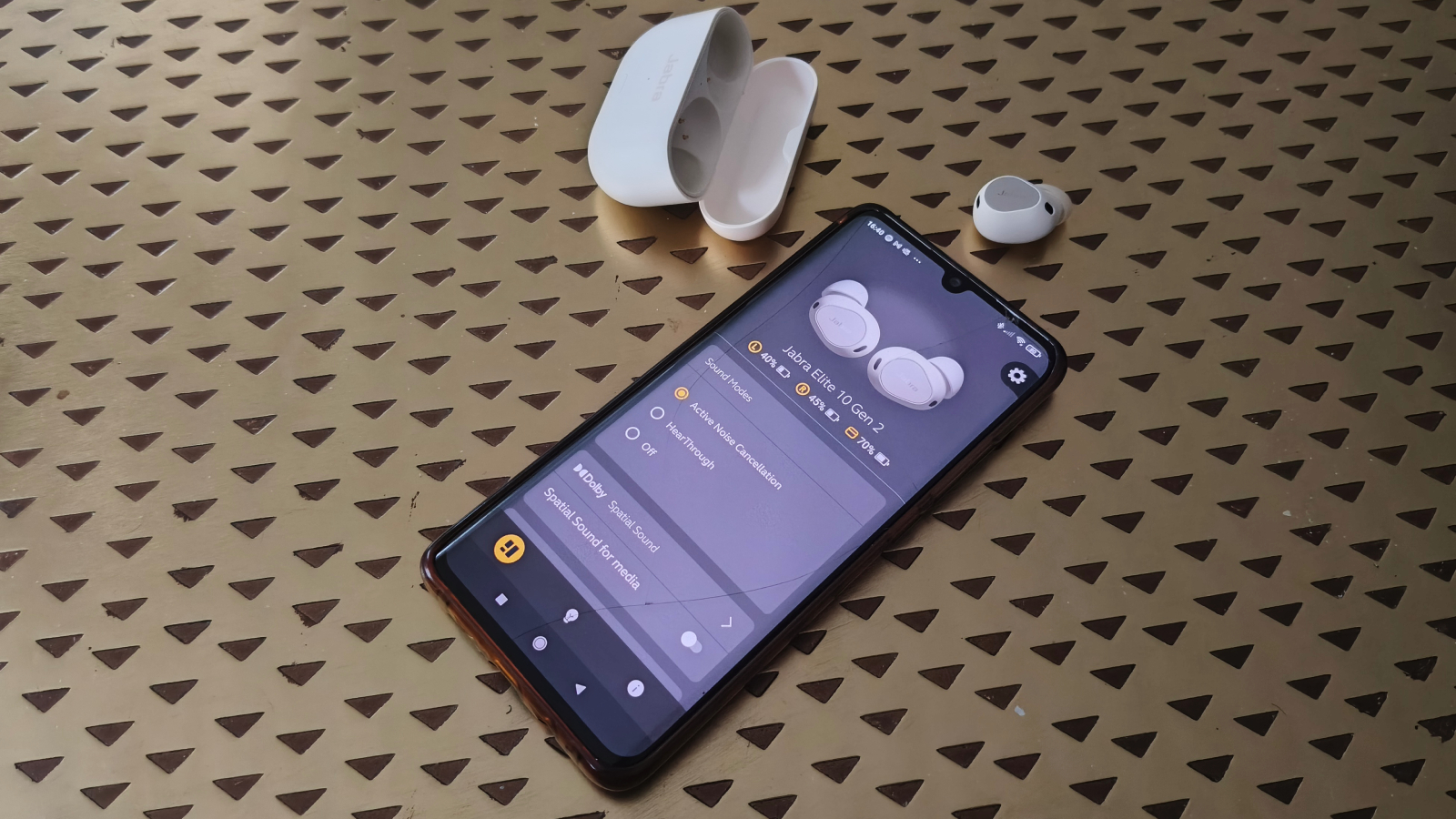
The feature becomes less impressive when you remember that plenty of over-ear headphones have 3.5mm jacks and will naturally block out lots of background noise by virtue of their design. Many of them also have ANC and spatial audio like the Jabra. Check out our list of the best noise cancelling headphones for some great options – just make sure that they come with a 3.5mm cable in-box to save you buying one separately.
Okay, so I’ve torn apart the Jabra Elite 10 Gen 2’s key feature, how do they fare beyond that? Uh… fine, I guess.
The battery life isn’t amazing, but it’s not the worst I’ve seen: with the buds, you’re getting just over 6 hours of listening time with ANC on or 8 hours with it turned off. Using the case you can get 27 hours of playback total with ANC and 36 hours with it turned off, which is actually pretty good compared to some rivals.
There are two modes of active noise cancellation on the Jabra: first is the standard one. It’s okay for removing the worst of background noise, but it doesn’t cut it for louder environments. If you’re on a train or by a busy road it’ll barely make a dent in what’s around you.
Then there’s ‘hearthrough’, which is supposed to allow certain sounds in, to keep you safe. It generally worked well, pulling through nearby noises that the standard ANC mode removed. One thing that confused me was that in the app, the hearthrough mode gives you a slider to change the intensity. I could never tell if this corresponded to how much background sound was allowed through, or how much was cancelled out.
And there’s my segue to the app: Sound+, as it’s called, gives you the basic features that most Bluetooth headphone tie-in apps offer. You can change the ANC, turn on spatial audio, fiddle with an equalizer and also turn on a range of background soundscapes if you want to relax. None of these are new to earbuds but they all work well, with the Elite 10 giving accurate head tracking for the spatial sound and the range of soundscapes being pretty impressive.
- Features score: 3.5/5
Jabra Elite 10 Gen 2 review: Design
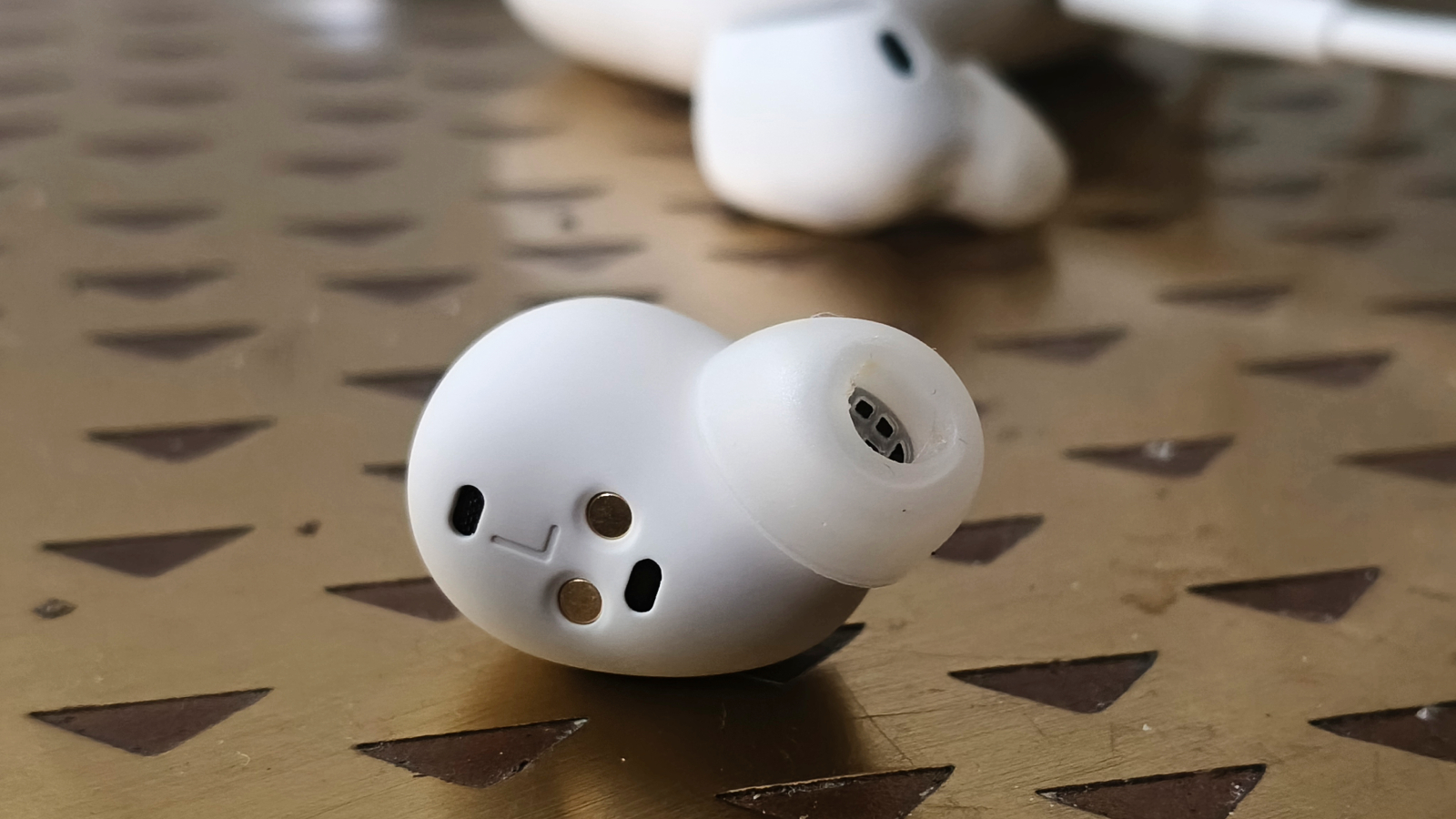
- Fairly small earbuds, average-sized case
- Easy-to-press on-bud buttons
- Five color options, IP57 rated
The case for the Jabra Elite 10 Gen 2 is fairly standard as wireless earbuds go, and is nigh-on identical to the first-gen version. It’s a small clamshell that houses the buds, which has space for a USB-C port to charge with (and for one other feature…).
It’s a lightweight case, weighing 46.6g and measuring 19.6 x 18.8 x 28.2mm. It’s made of plastic but feels nice and smooth in the hand. However the pinkish-beige color of our test unit showed up marks, stains and smears very easily, and I had to wipe the unit a few times to clean it.
The four other color options will likely avoid this problem, all being darker. There’s the greenish-blue Denim, brown Cocoa, black Titanium Black and also black Gloss Black.
Then onto the music machines themselves: these are small bean-style buds with a tip and a little oval body. They weigh 5.5g so they’re basically average for earbuds like this – weight is doubly important for bean-style wireless earbuds like this as, if they’re too heavy, it can make them prone to falling out of your ears.
When I was sitting still, the buds fit fine and were totally comfortable; when walking they sometimes got a little loose, requiring me to push them back into position, but it didn’t happen nearly as often as on some other earbuds I’ve tested.
Each bud has a button on it – if you look at the pictures, this is the large silver panel, and it only takes a slight depress to press. Of all the earbuds I’ve ever tested, this is one of the easiest to use as it’s easy to hit the button due to their large size, and the fact you only need a little bit of pressure to trigger them ensures you’re not jamming the buds right up your ear canal every time you want to pause a song.
- Design score: 4/5
Jabra Elite 10 Gen 2 review: Sound quality

- Tinny audio
- Bass lost in the mix
- Equalizer fixes some issues
The Jabra Elite 10 Gen 2 are by no means the worst-sounding wireless earbuds I’ve tested, but when you consider how much you have to pay for them, they’re not great.
The main problem, that I noticed as soon as I started to test the Jabras and that never abated through testing, is simply that audio sounds quite tinny.
This peaking is most noticeable in parts of songs that are prone to peaking: drum cymbals and hi-hats, acoustic guitar rhythms, shakers and other background percussion, sometimes vocal harmonies. But it would also show up where I wasn’t expecting it: the vocal lines of some songs would show symptoms, as would electric guitar solos or piano accompaniments.
For some kinds of music, this was noticeable but not a big issue. But for some songs, particularly in folksy or acoustic-heavy genres, it drastically reduced the quality: tunes like Langhorne Slim and the Law’s Strangers or City of the Sun’s W. 16th St missed the edge that made me love them in the first place.
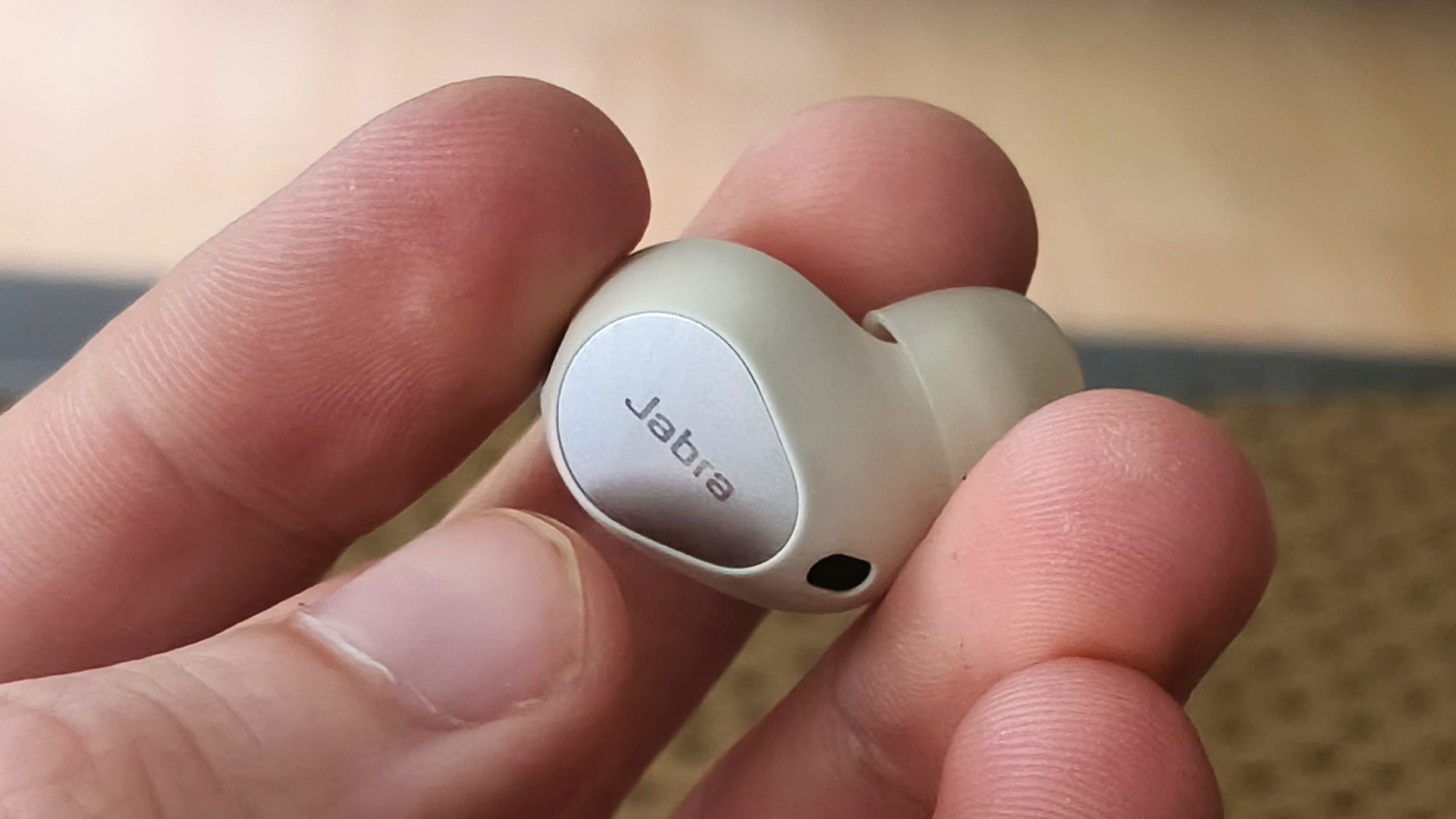
Treble is audible in the Elite 10 Gen 2’s mix but I don’t see bass-loving audiophiles enjoying the Jabra either – lower-frequency sounds struggle to be heard in the mix by default.
If there’s a bigger problem than its sound quality, though, it’s that the Jabra Elites are just too quiet. At max volume and with noise cancellation turned up to max, it can still be quite hard to hear music when you’re in a busy environment. I’m writing this paragraph while on a train, and I had to give up on podcast listening because I was losing every couple of words — music doesn’t sound great either if you can only hear the most prominent instruments and lines!
You’d hope that the Jabra app would solve some of these issues, but let’s rule the latter out straight way: there are no volume controls in Sound+. There is an equalizer, though.
Using this equalizer, I managed to fix a few problems with the buds; boosting the bass reduces the impact of the tinny sound to a degree. It wasn’t a fix-all cure, but if you know what you’re doing with equalizers, you might be able to improve the sound quality somewhat. There are some presets too and I’d recommend trying out the Bass boost, Energize or Smooth options first.
- Sound quality: 3/5
Jabra Elite 10 Gen 2 review: Value
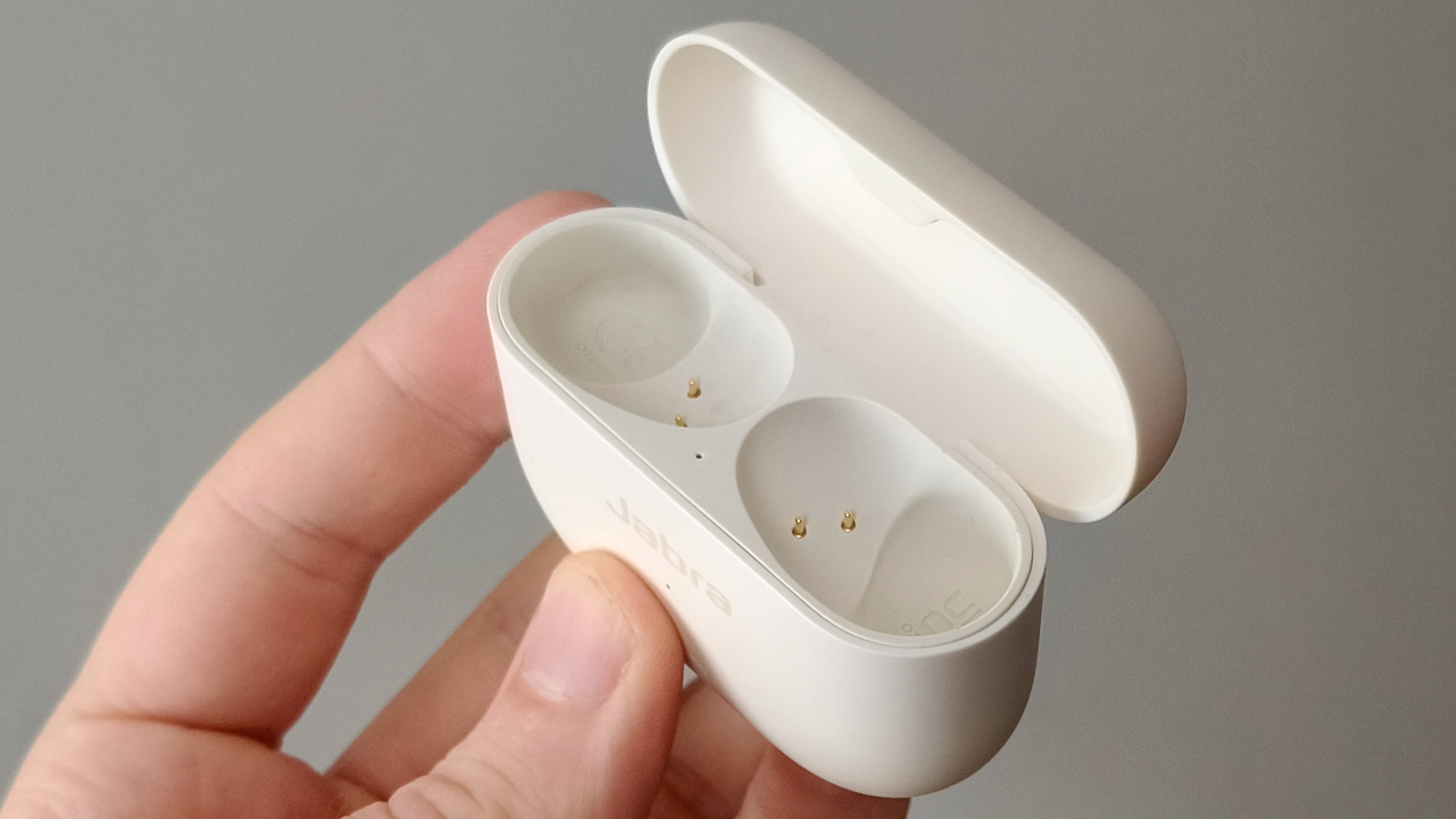
- Wait for a discount
- There are better-value alternatives
At their current asking price, the Jabra Elite 10 Gen 2 just don’t offer you good value for money.
Their feature set, battery life and design are all on par with earbuds that cost half as much, while the sound quality is actually worse than many cheaper rivals that I’ve tested – it’s just incredibly hard to recommend the buds.
That’ll change if you can find them seriously discounted in sales, but at their asking price, there’s no way these offer decent value for money.
If you’re about to say “yes, but I need the wired audio feature” follow my advice from the features section – find over-ear headphones that have a 3.5mm jack. You’ll thank me later.
- Value: 2.5/5
Should I buy the Jabra Elite 10 Gen 2?
Buy them if…
Don’t buy them if…
Jabra Elite 10 Gen 2 review: Also consider
How I tested the Jabra Elite 10 Gen 2
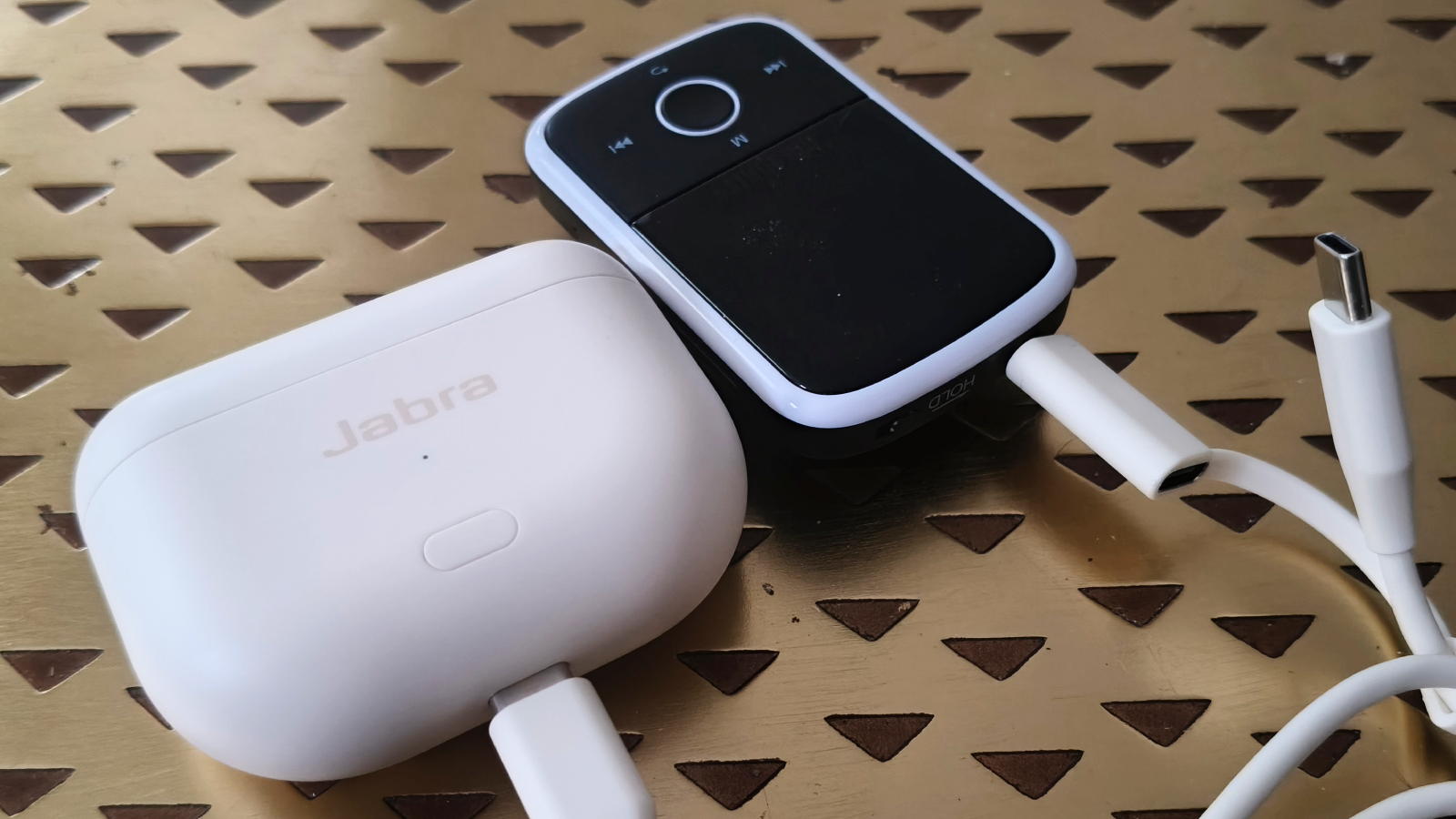
- Tested for 2 weeks
- Tested at home, in the office, on walks and on holiday
I tested the Jabra Elite 10 Gen 2 for just over two weeks, which included plenty of natural and real-life testing, and standardized TechRadar tests too – including our new mic test.
I mainly used the headphones paired to either my Android phone or iPad, but using the wired cable I tested it briefly alongside my laptop, computer, MP3 player and another smartphone. Testing was generally for music or TV shows but also on podcasts and phone calls.
My tech testing experience at TechRadar spans over five years, and recently it's been largely focusing on audio products; I've tested plenty of the true wireless headphones that you might consider alongside the Jabra.
- First reviewed in July 2024



0 Comments